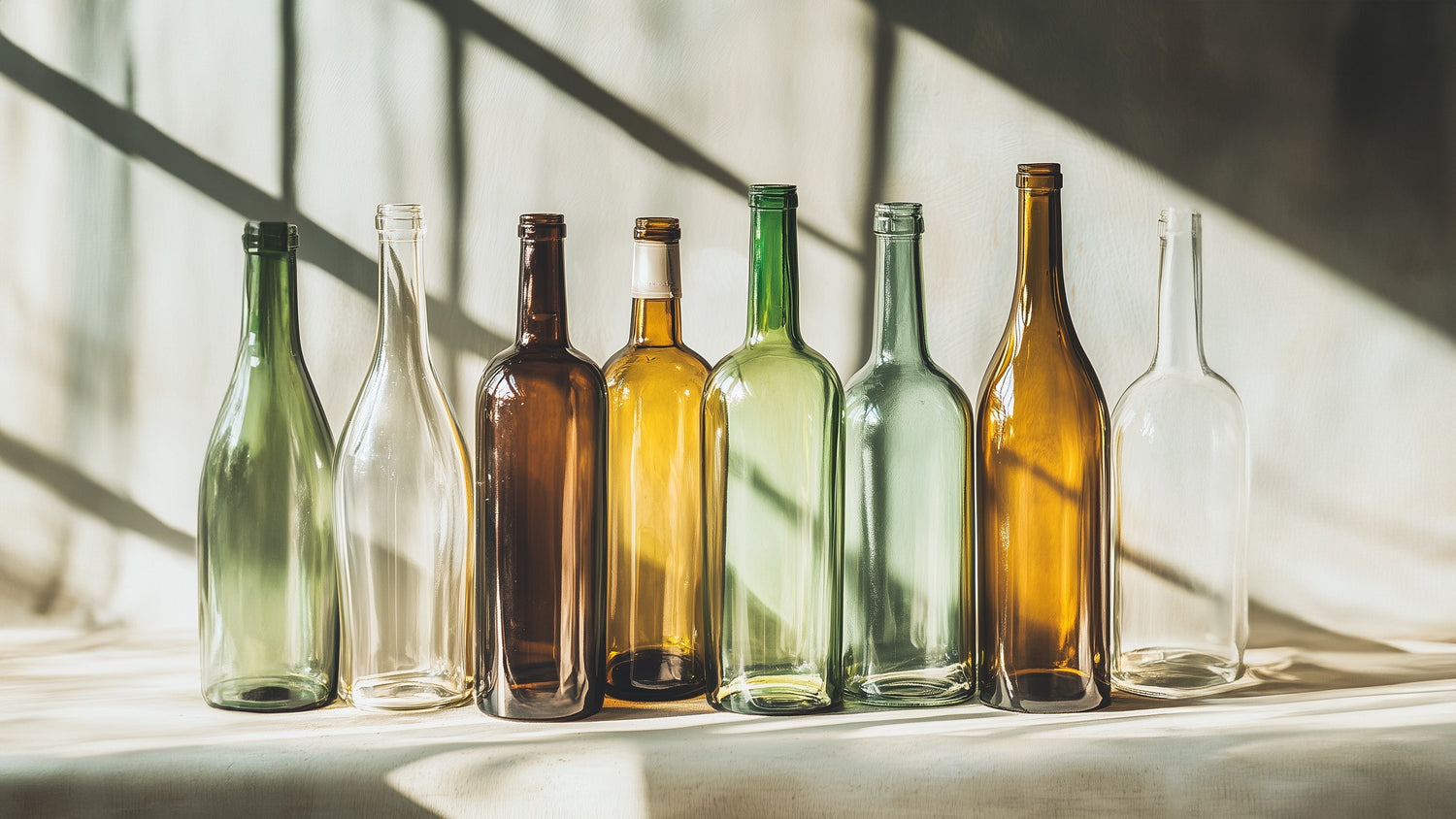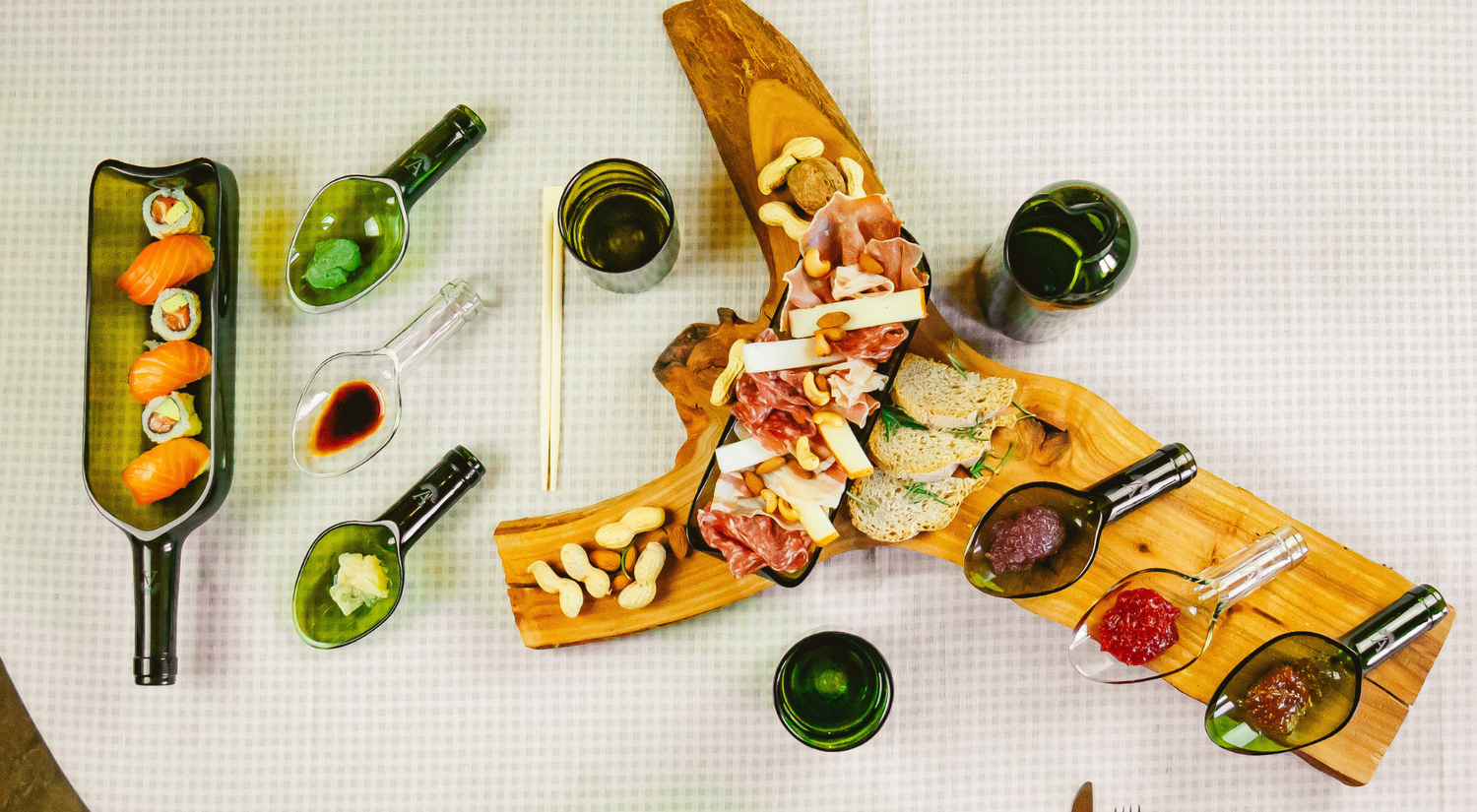We share the drafting of this article with Simona Brancati, a blogger committed to spreading practices, values and ideas to improve one's lifestyle and make it more sustainable.
Mise en place , or the art of setting the table every day but also during holidays and Christmas, transcends the simple preparation of food because it also involves the aesthetics, service and style that are brought to the table. Consuming food together is a collective experience through which we try to express and share certain values, to communicate our vision of the world, our tastes and the style that best represents us through the choice of furnishings, shapes, materials and colors that we decide to put on the table.
The mise en place , in the end, is a bit like a mise en scene , a representation of somewhat rarefied and dreamy atmospheres that are exhibited and shared on the stage of a table, and distance us for the entire duration of the meal from a everyday life in which we often lose sight of ourselves. Setting the table is therefore an excellent opportunity to relive all together the emotions of the past, the slowness, the elegance, the taste for details and the quality of products and accessories, but also to put a green action during the ritual of eat, to communicate and promote to one's guests ideas and choices that can make a difference if shared and emulated by more people. Sustainability understood as attention and respect for the environment has increasingly entered the furnishing of homes, the alternative solutions to be applied to one's lifestyle and the products to be consumed. To find out more, read 9 practical ideas for a more sustainable life. .
The green mise en place is the other aspect to be explored and consciously integrated into our daily lives to combine style and ecology in serving our meals. We start from the choice of recycled and regenerated textile fiber yarns for the tablecloth and napkins, up to the furnishings in recycled materials that promote relaxed minimal atmospheres with the charm and elegance of the past. So the sustainability mantra not to be forgotten during our purchases to set the table is: choose valuable and long-lasting materials subjected to creative reuse .
Here are some ideas on how to set the sustainable table every day and also at Christmas using the line of design items from Amarzo , a Tuscan artisan company committed to recovering the noble glass of wine bottles to give it a new life in and practical. Each used bottle of wine is thus transformed into a work of art to be put on the table (and beyond) with a new shape and versatile use for a green mise en place . Thanks to this glass recycling project and the revival of ancient artisan traditions such as glass grinding which make the piece robust, elegant and practical in its variations, the company has contributed to reducing its environmental impact by saving 19544 kg of fuel and approximately 28534 kg of Co2.
1. The tray
The tray is a very versatile piece of furniture even if in recent years, thanks to the rush in setting the table and being there, it has been somewhat forgotten and in any case mainly used for serving dishes or carrying a change of crockery. The Amarzo line of trays, due to their tapered shape which derives from the old identity of the bottle, can be used as a furnishing element such as a cutlery holder, bread holder and candle holder (but also as a pocket emptier), or as special plates and to present cut products such as sliced meats and cheeses, as well as to store them in the fridge or heat them in the microwave, and also to contain single portions of accompanying foods such as vegetables. The necked tray is particularly suitable for ethnic cuisines that have a high number of dishes with foods to be paired together and passed to guests at the table, and is perfect for finger food, sushi, aperitifs and catering.
2. The glasses
Glass sets are another example of how sustainability can be elegant. These glasses are made by hand, using only water and a diamond grinder, ensuring safety and comfort to the touch. The Colorful set has a variety of colors and shades which makes them perfect for any type of table, from the boldest to the most romantic. Due to their minimal line, these glasses can also be used in different ways and as furnishings (for example filled with dried flowers as alternative place cards).
3. The jug
The jug is also one of those furnishings from times gone by that is worth bringing back into fashion, not only during the holidays or at Christmas but every day, to create chic atmospheres in your home with little investment. One of the rules of etiquette, also valid for the most informal tables, requires a water jug strictly made of glass or crystal to be left on the table, where obviously plastic bottles are strictly prohibited. The Amarzo jugs, elegantly and obliquely cut from recycled wine bottles, are perfect for supporting the green mise en place of any type of table, from the most formal one to that organized for an aperitif in the garden. They are available in various sizes and colors, they are practical and add a rustic and refined touch to a sustainable table . Furthermore, the remaining parts of their production are used to create the spoons, demonstrating a deep commitment towards reducing waste.
4. Spoons
The mix of innovative spoons that cannot be missing from a sustainable table is an example of how even small details can have a big impact. Made from the leftover parts of the jugs, these spoons are perfect for finger food, as sauce holders and for sushi. They represent the cutting edge in the recycling of materials and the reduction of production waste.













![Vassoio con Collo di Vetro Riciclato [Lav. Lucida]](http://amarzo.com/cdn/shop/products/vassoio-con-collo-125288.jpg?v=1699712421&width=1100)




